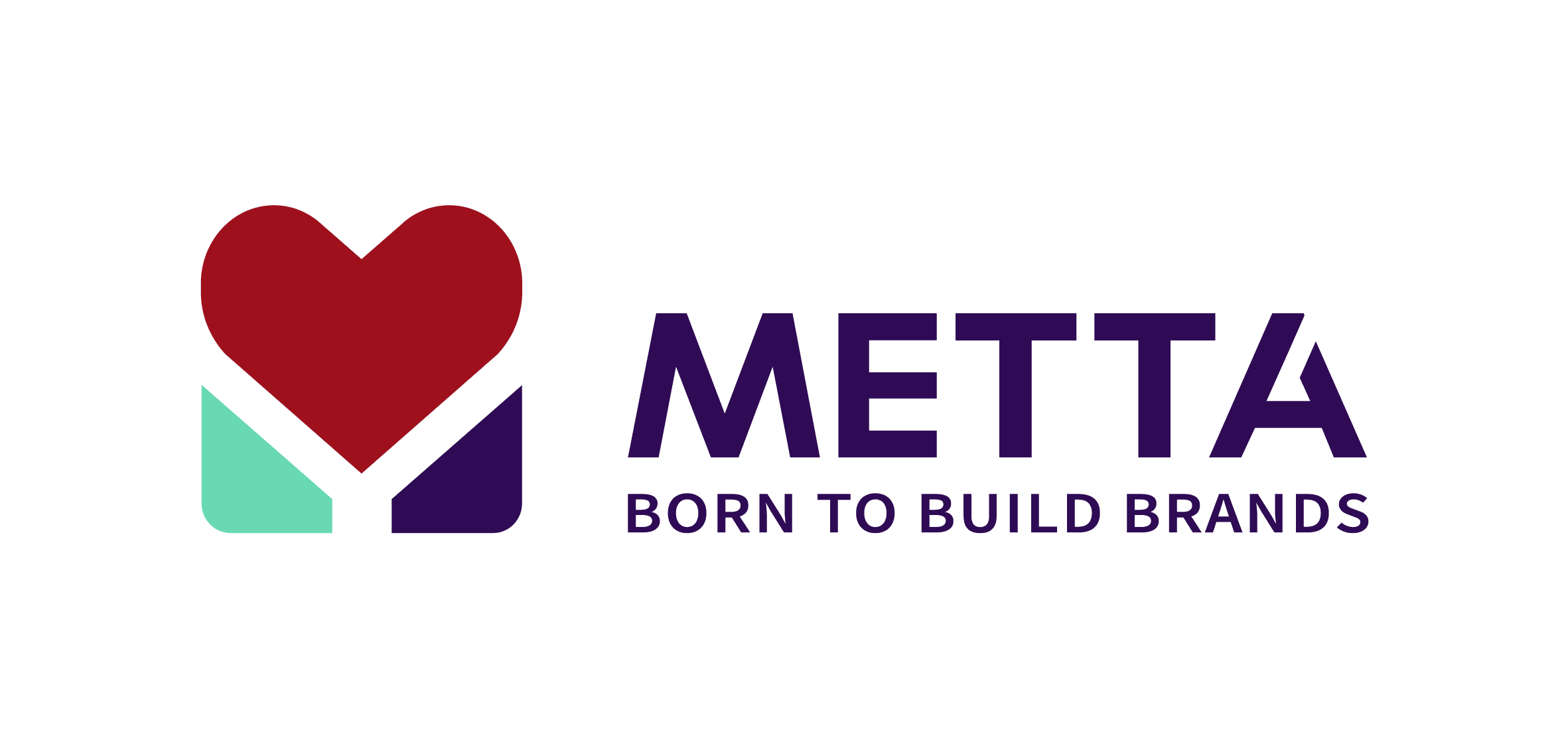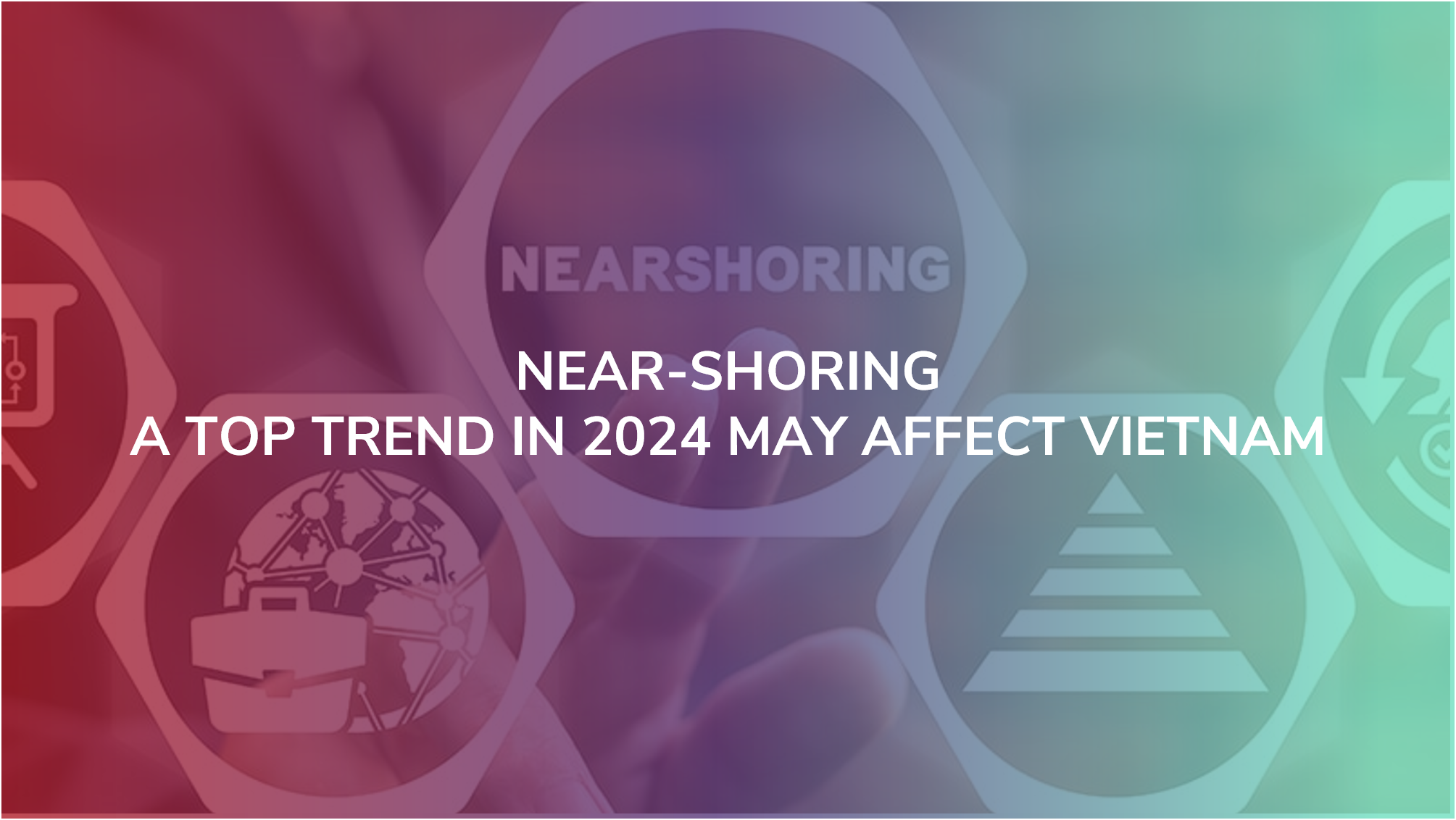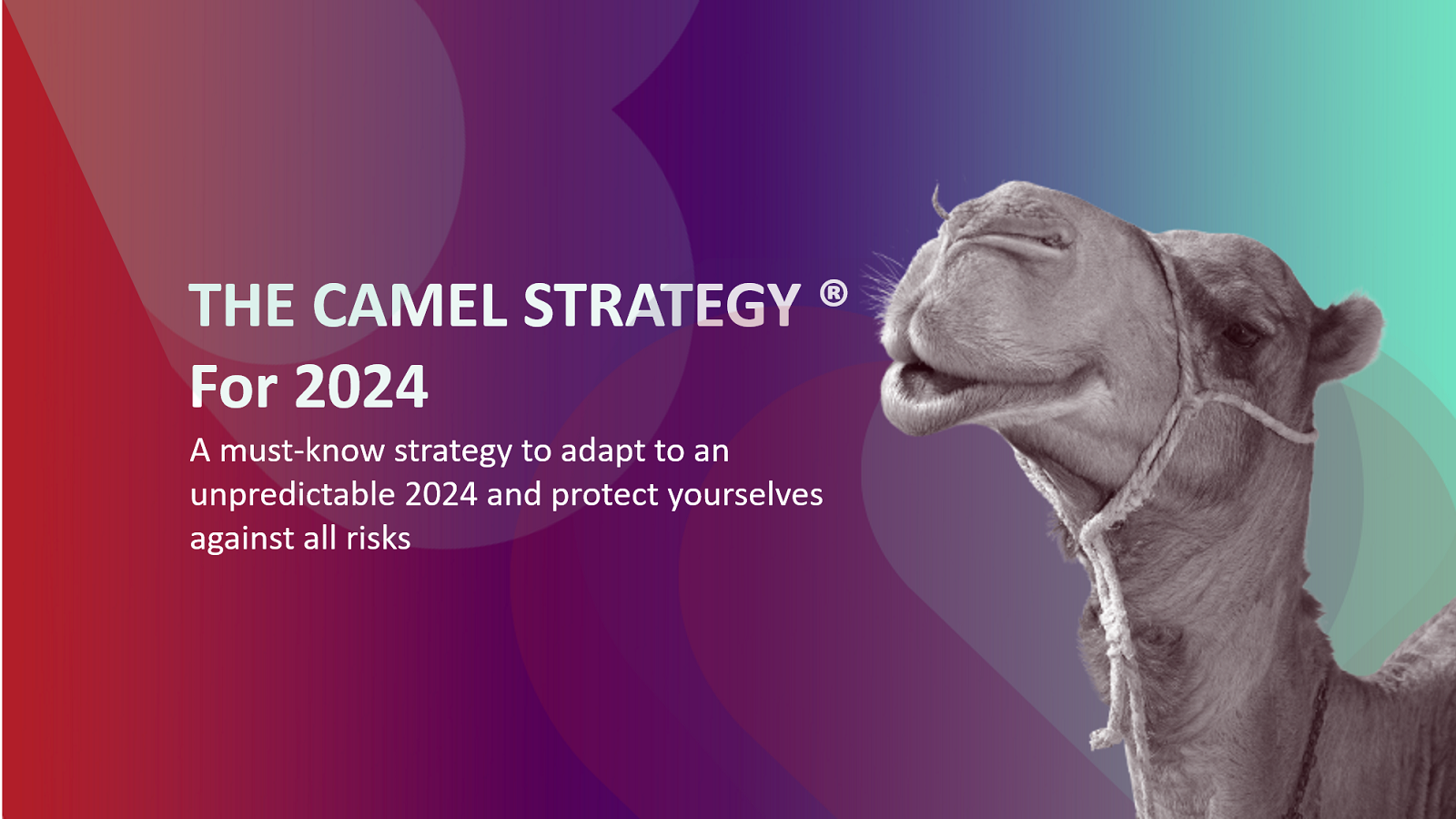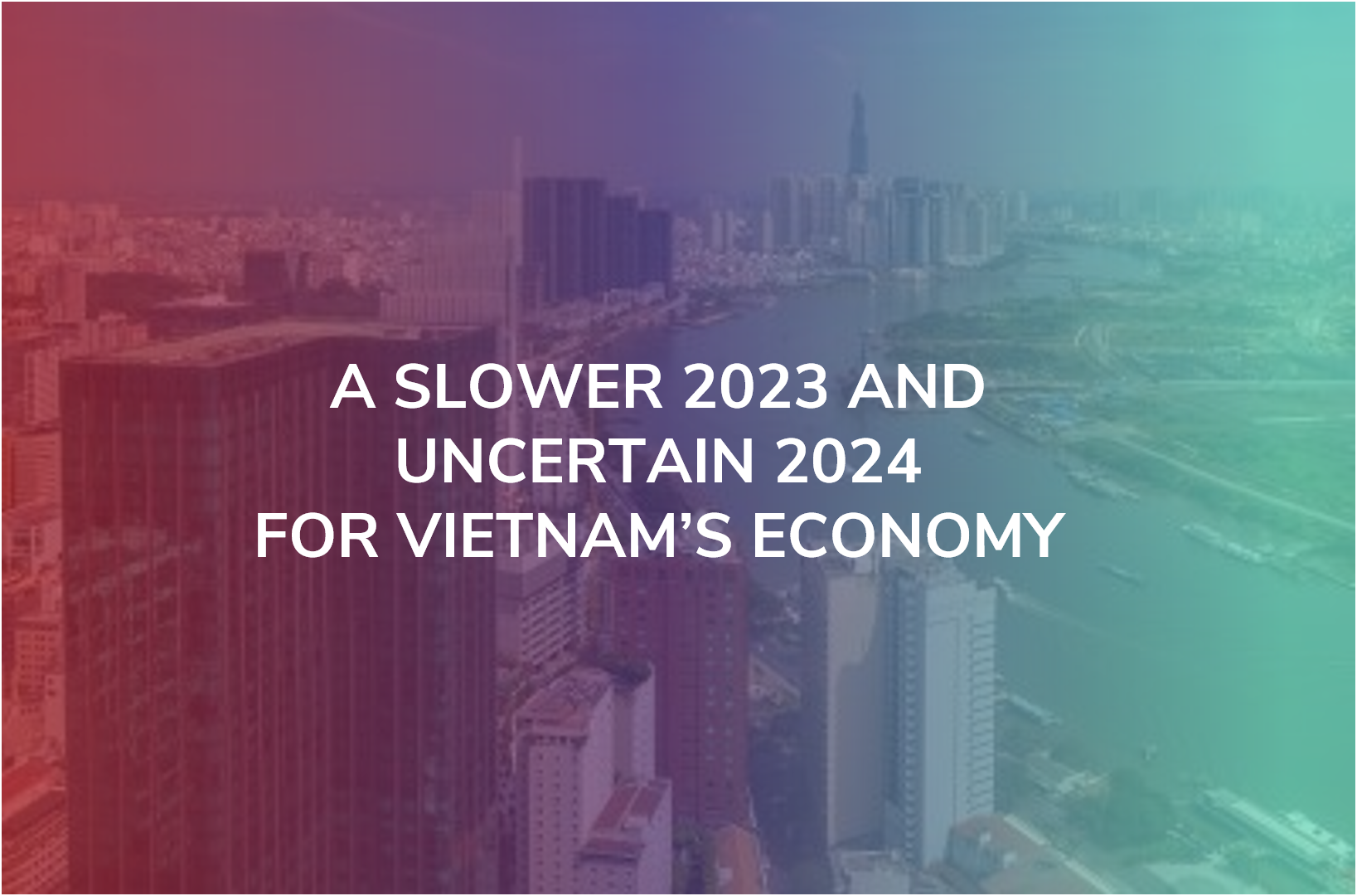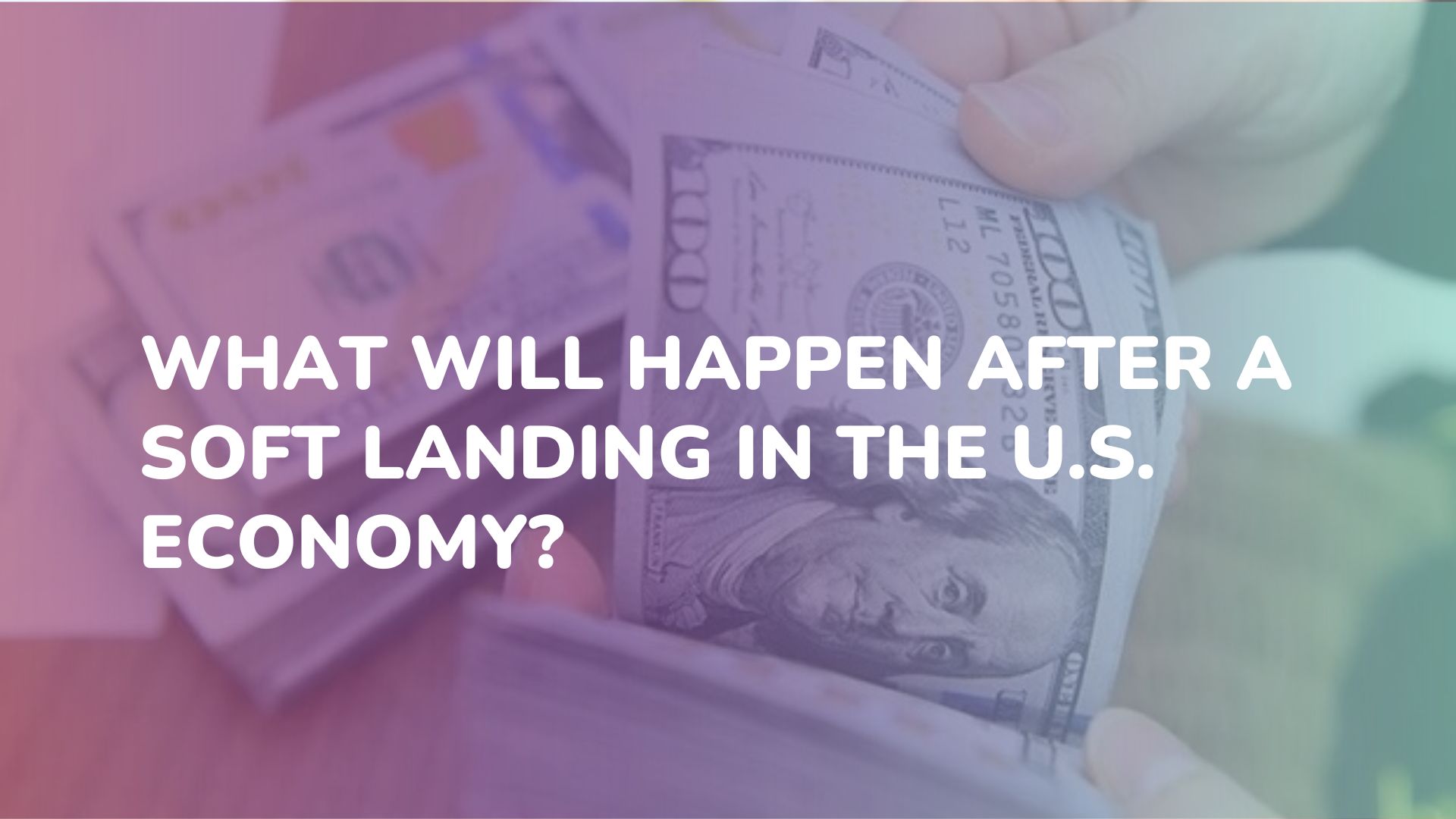Culture and Branding – The Power Pair
When we think of a brand, we may think of the individual products a company sells, the stories it tells, or the causes it supports. But what about a company’s actions within its own walls? What about the culture of the organization – all of the actions, decisions, and interactions that take place among the internal team? When it comes to Culture and Branding, there should be no division between the internal and external. And, in an era of mass information and discerning consumers, companies that attempt to only superficially tell their brand story without actually living it are sure to be caught. The fact is, brand and organizational culture can no longer exist in silos.
So how do culture and brand work together, exactly? Let’s start by defining each.

Brand
Defined by the “Father of Advertising,” David Ogilvy, as “the intangible sum of a product’s attributes,” others have defined brand as “a person’s perception of a product, service, experience, or organization.” The fact of the matter is, the definition of “brand” has been somewhat difficult to nail down.
In fact, it’s been easier to define what a brand is not. A brand is not just the sum of all of the colors, logo, fonts, and images found in an organization’s brand guidelines. Rather, it’s the characteristics and qualities of a company’s values and culture that form the personality of a brand and should be reflected in each employee.
Culture
Culture is a set of shared values, beliefs, and assumptions that shape the behavior of an organization. Culture creates a community for a company and guides team members on how to make decisions, solve problems, interact with one another, and get things done. It’s essentially a roadmap for an organization.
So while inside, culture is the relationship between employees, how decisions get made, how conflicts are dealt with, and how employees treat and respond to one another and to the business; outside of an organization, it’s the relationship with the customer and is very much connected to a company’s brand.
When workplace culture is strong, the impact can be felt outside of the four walls of a company. If employees are clear on an organization’s purpose and empowered to act on it, consumers will naturally sense the commitment employees have to a company’s brand. And all the fancy fonts, dynamic colors, and clever taglines in the world will not alone deliver thatkind of impact on customers and prospects.
Where Culture and Brand Intersects
The fundamental step in aligning culture and brand is understanding what your company brand stands for and how each employee brings that to life. The passion that employees have for both customers and their colleagues is a key driver in how well culture and brand are aligned. If the company culture is aligned and integrated with the brand identity, employees are more likely to make decisions and take actions that deliver on your brand promise.
Organizational culture should be a foundational tool in every brand marketer’s toolbox, but it only works when brand and culture are aligned. Marketing professionals agree that a company’s perceived culture can affect consumers’ buying decisions. The fact is, culture can either support a brand’s story, or be a brand marketer’s – and company’s – worst nightmare.

No matter where your organization is on this scale of supporting the brand or undermining it, brand marketers need to be mindful of the story their company’s culture is telling and, if necessary, work with leadership to bring the two into alignment.
For example, a business that has an innovative brand that consistently pursues and delivers advanced or breakthrough products and technologies, like Apple, should have a culture that is imaginative, progressive, full of risk-takers who like experimentation, continuous improvement, and inventiveness.
If a company’s mission is to make a positive social or environmental impact or enhance people’s quality of life, the culture should be inspiring, thoughtful, transparent, and intentional. Patagonia, an outdoor clothing and gear business, has developed quite a reputation for this type of “conscious” brand and culture.
In other words, in whatever way a company is differentiating its brand, whether by service, quality, luxury, or another factor, they need to prioritize and incorporate those qualities of the brand into the company culture, above all else.
The Process
To bring company culture and brand into alignment, an organization must first determine their brand identity – how you want your organization to be perceived and experienced by customers and external stakeholders.
Once you know the brand you want to build, you can begin to align the external brand with the internal culture by identifying the type of culture needed to deliver on the brand. Obviously, different types of brands are achieved through different types of cultures. If you want to position your brand as disruptive, then you must cultivate a culture of risk-taking so your employees are inclined to act boldly and break conventions.
Part of building the appropriate culture for your brand is determining the core values needed to cultivate your desired culture. Core values are the principles and priorities that represent what is important to your organization and help shape people’s attitudes and actions so they can live out your brand authentically. Once the core values needed to fit your specific brand are identified, define for the employees how the core values relate to the behaviors and expectations unique to your organization – which becomes your culture that cultivates the kind of employee attitudes and behaviors necessary to represent your brand.
Your organizational culture should be as distinct as your brand. There is no single right type of culture, just as there isn’t one best type of brand. It’s how you build, position, integrate, and align the two that make a brand-culture combination successful.
But the brand-culture journey is not finished at this point. In fact, it takes intentional work to continue to foster the culture-brand connection. If the two get derailed somehow and there is a conflict between culture and brand, your customers, employees, and prospects will see it, possibly causing doubt and mistrust of your brand.
The ultimate goal is to ensure that your values and culture remain aligned with your brand, and allow your employees to then fully and intentionally live and represent your brand. And because it’s important for a brand to be both authentic and consistent, it’s important to spend the time upfront to get culture right. You can’t be changing brand and culture constantly or you risk confusing your employees and your customers.
Win-Win Proposition
When everyone in an organization is led by the same guiding principles, and the culture begins to be found in every aspect of your business, you have achieved a powerful brand-culture alignment. This extends from the people you hire to the way you interact with team members and customers/clients, to the way you operate within the business, and even the way the brand is viewed by customers and the general public (prospects).
So, whether HR/Culture and Brand Experience is combined into one job title or function in an organization or whether HR and Brand professionals just work closely together, there is a unique opportunity to mold the external brand of a company by impacting internal practices. The culture that is created internally can be a powerful tool for building and driving brand perception externally.
Source: https://www.scheffey.com/blog/culture-and-branding-the-power-pair/
Metta Marketing
Leading Brand Strategy Consultant
SUBSCRIBE TO RECEIVE LATEST UPDATES ON MARKET AND MARKETING.
